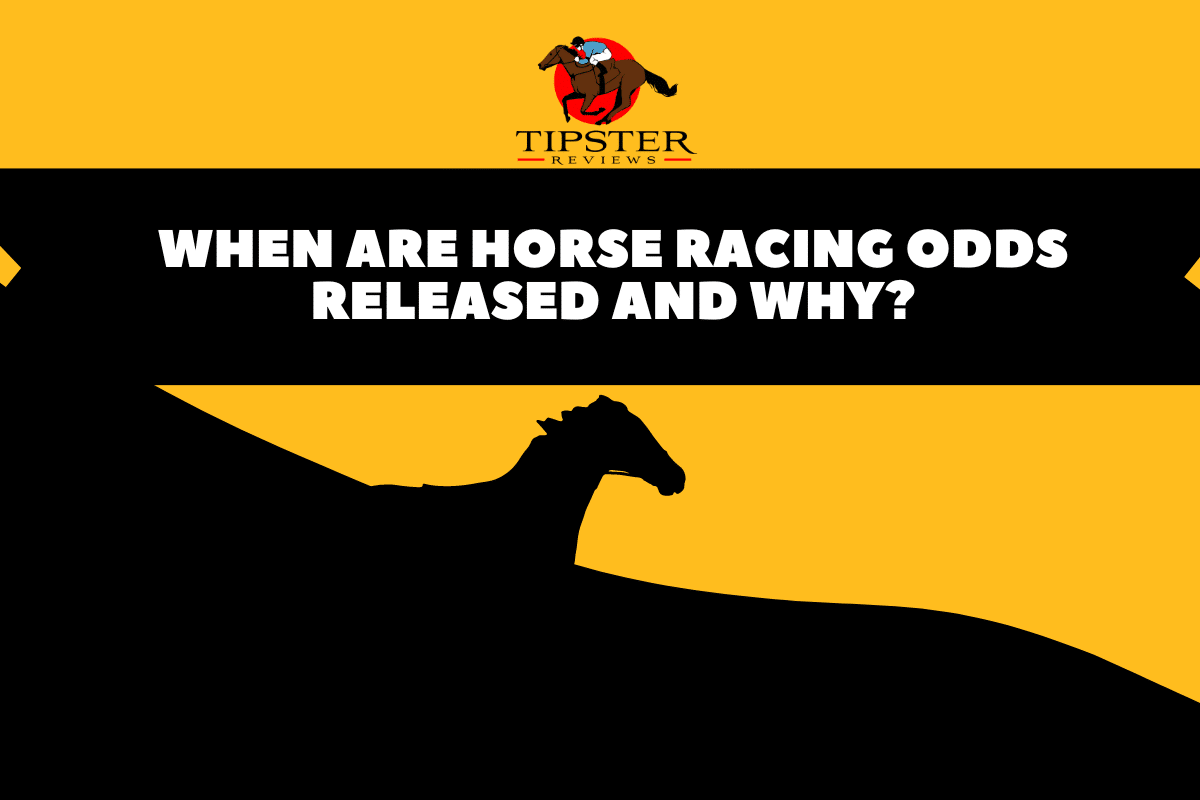Horse racing odds are released to provide information to punters about the likelihood of a particular horse winning a race. These odds are determined by bookmakers, who consider various factors such as the horse’s past performance, the conditions of the race, and the skill of the jockey.
Release Times Vary
Odds are typically released a few days before the race, although they can change as the race approaches and more information becomes available. For example, if a horse is injured or a jockey is replaced, the odds may change to reflect this new information.
Bookmakers release the odds to help bettors make informed decisions about which horses to bet on. The higher the odds, the less likely it is that the horse will win and vice versa. Betting on a horse with high odds can potentially result in a larger payout if the horse does win, but it is also a riskier bet.
In addition to providing information to bettors, horse racing odds also serve as a way for bookmakers to manage their own risk. By setting the odds, bookmakers can adjust the amount of money they stand to win or lose on a particular horse.
Overall, horse racing odds are released to provide information to bettors and to manage the risk of bookmakers. These odds can change as the race approaches and new information becomes available, so it is important for punters to stay up to date on the latest odds.
Bookmaker Odds In More Detail
Bookmakers consider various factors when determining the odds for a horse race, such as the horse’s past performance, the conditions of the race, and the skill of the jockey. They then release these odds to provide information to punters and to manage their own risk.
There are three main formats for expressing bookmakers odds: fractional, decimal, and Moneyline, in the UK it’s mainly decimal that you will know of.
The Types Of Odds
Fractional odds are written as a ratio, such as 5/1 or 10/1. The first number represents the potential payout, while the second number represents the stake. For example, if you bet £1 at odds of 5/1 and the horse wins, you would receive a payout of £5 (£1 x 5) plus your original stake of £1, for a total of £6.
Decimal odds are written as a decimal number, such as 2.50 or 3.00. To calculate the potential payout, you multiply your stake by the decimal odds. For example, if you bet £1 at odds of 2.50 and the horse wins, you would receive a payout of £2.50 (£1 x 2.50) plus your original stake of £1, for a total of £3.50.
Moneyline odds, also known as American odds, are written as a positive or negative number. Positive numbers represent the potential payout, while negative numbers represent the stake required to win a certain amount. For example, odds of +200 represent a potential payout of £2 for every £1 wagered, while odds of -200 represent a required stake of £2 to win £1.
Overall, bookmakers odds are used to represent the probability of a particular event occurring and to provide information to bettors. These odds can be expressed in various formats and can change as the event approaches and new information becomes available.
Don’t forget to read our other betting guides where you can learn anything from what SP means to how to read a racecard.



